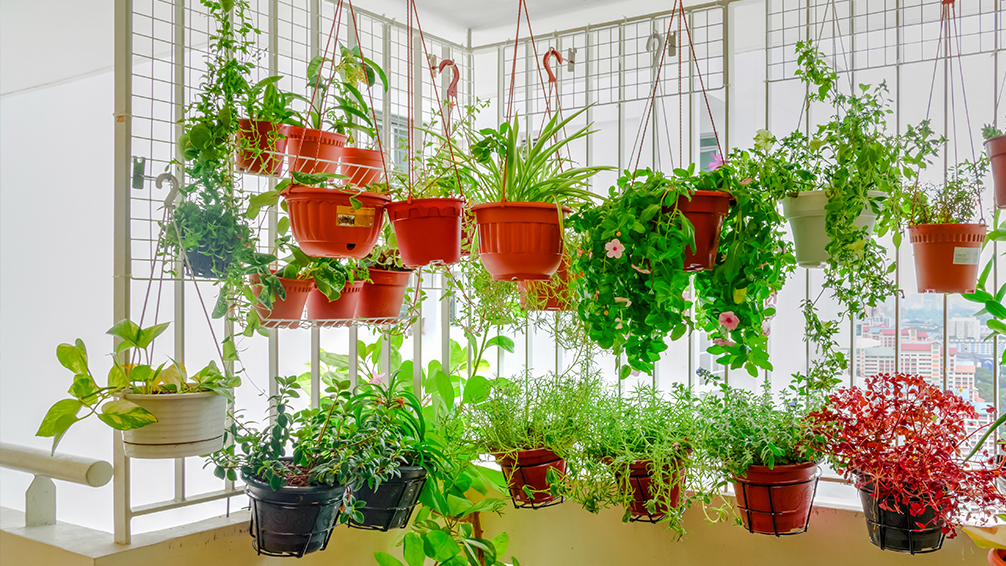Gardening in small spaces can be a delightful challenge. Whether you live in an apartment with a balcony, a townhouse with a tiny yard, or even just a window ledge, container gardening offers a fantastic way to bring a bit of nature into your life. I’ve been experimenting with container gardening for a few years now, and I’ve learned a lot about how to make the most of limited space. Here are some tips and ideas that might inspire you to start your own container garden.
Choosing the Right Containers

The first step in container gardening is choosing the right containers. You don’t need to stick to traditional pots; get creative! I’ve used everything from old wooden crates to repurposed buckets. The key is to ensure that your containers have good drainage. Drill a few holes in the bottom if necessary, and consider adding a layer of gravel or pebbles to help with water flow.
Materials Matter
When selecting containers, think about the material as well. Terracotta pots are classic, but they can dry out quickly. Plastic pots are lightweight and inexpensive, but they might not be as durable. Wooden containers can add a rustic touch, but they require more maintenance to prevent rot. Each material has its pros and cons, so choose based on your needs and preferences.
Selecting Plants for Small Spaces
Place image 2 here
Once you have your containers sorted, it’s time to choose your plants. When gardening in small spaces, it’s important to select plants that are well-suited to container life. Here are some of my favorite options:
- Herbs: Basil, mint, and rosemary are great choices. They’re not only useful in the kitchen but also thrive in small pots.
- Succulents: These low-maintenance plants are perfect for beginners. They come in a variety of shapes and colors, making them a versatile choice.
- Tomatoes: Yes, you can grow tomatoes in containers! Cherry tomatoes are particularly well-suited to small spaces.
Mix and Match
Don’t be afraid to mix and match different types of plants in the same container. I’ve had success with combining herbs and flowers in a single pot. Just make sure that the plants you choose have similar water and sunlight needs to avoid any issues.
Optimizing Space
When you’re working with limited space, every inch counts. Here are some tips for optimizing your gardening area:
- Vertical Gardening: Use wall-mounted planters or trellises to grow plants vertically. This is especially useful for climbing plants like peas or cucumbers.
- Stacked Containers: Consider using tiered planters or stacking pots on top of each other. This can create more planting space without taking up additional floor area.
- Window Boxes: If you have windows, window boxes are a great way to add greenery without taking up any floor space.
Creative Solutions
I once turned an old ladder into a vertical garden by attaching pots to each rung. It was a fun project and added a unique touch to my balcony. Don’t be afraid to get creative with your space!
Caring for Your Container Garden
Container gardening requires a bit more attention than traditional gardening, but it’s totally manageable with a little know-how. Here’s what you need to keep in mind:
Watering
Containers can dry out quickly, especially in the heat of summer. Check your plants daily and water as needed. I’ve found that using a watering can with a long spout makes it easier to reach all my plants without making a mess.
Fertilizing
Plants in containers can deplete nutrients faster than those in the ground. Use a balanced fertilizer every few weeks to keep your plants healthy. I prefer organic options, but choose what works best for you.
Pruning
Regular pruning helps keep your plants tidy and encourages new growth. I like to pinch back herbs like basil to promote bushier growth and more flavorful leaves.

Overcoming Challenges
Container gardening isn’t without its challenges. Here are a few common issues and how to tackle them:
Pests
Even in containers, pests can be a problem. Keep an eye out for common culprits like aphids and spider mites. I’ve had success with using insecticidal soap or neem oil to control pests without harming my plants.
Weeds
Weeds can pop up in even the smallest containers. Regularly check your pots and remove any weeds by hand. I find that using a small trowel makes this task easier.
Temperature Extremes
Containers can heat up or cool down faster than the ground, which can stress your plants. In the summer, I move my pots to a shadier spot during the hottest part of the day. In the winter, I bring my plants indoors or use frost blankets to protect them.
Container gardening is a rewarding way to bring a bit of nature into your life, no matter how small your space. It’s a hobby that’s both relaxing and productive, and it’s amazing to see how much you can grow in even the tiniest of areas. I hope these tips inspire you to start your own container garden and enjoy the benefits of fresh herbs, flowers, and vegetables right at your doorstep.








